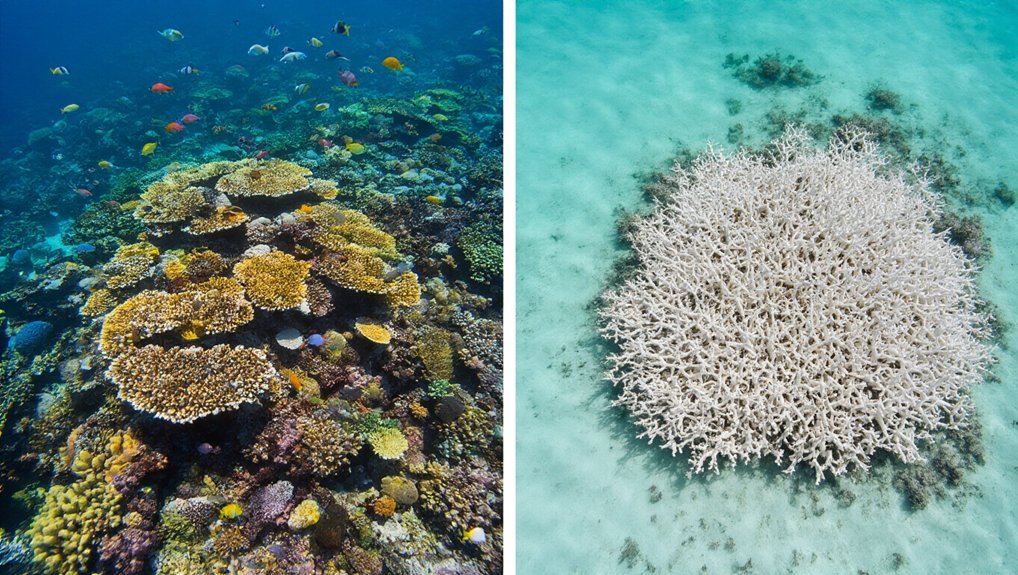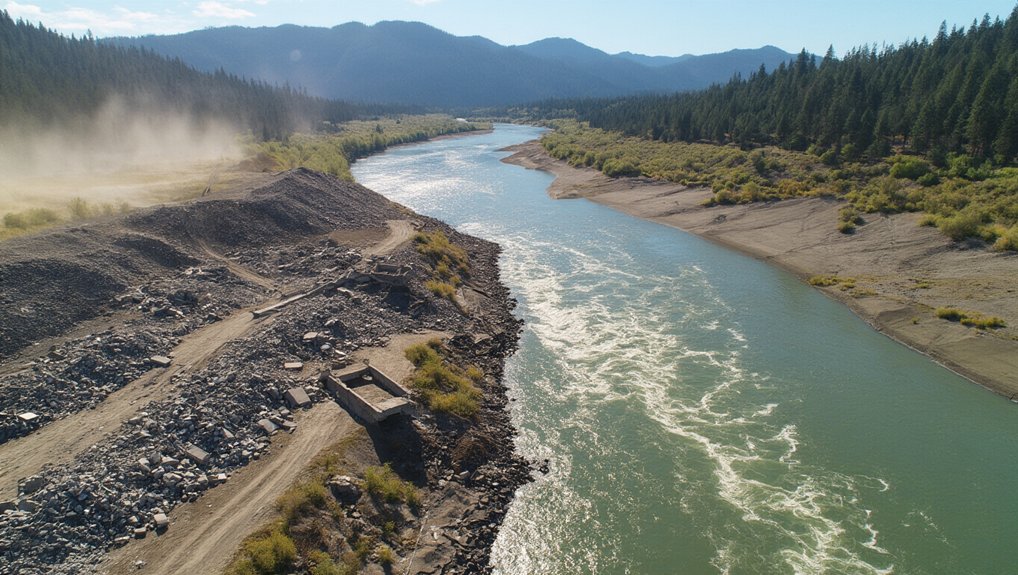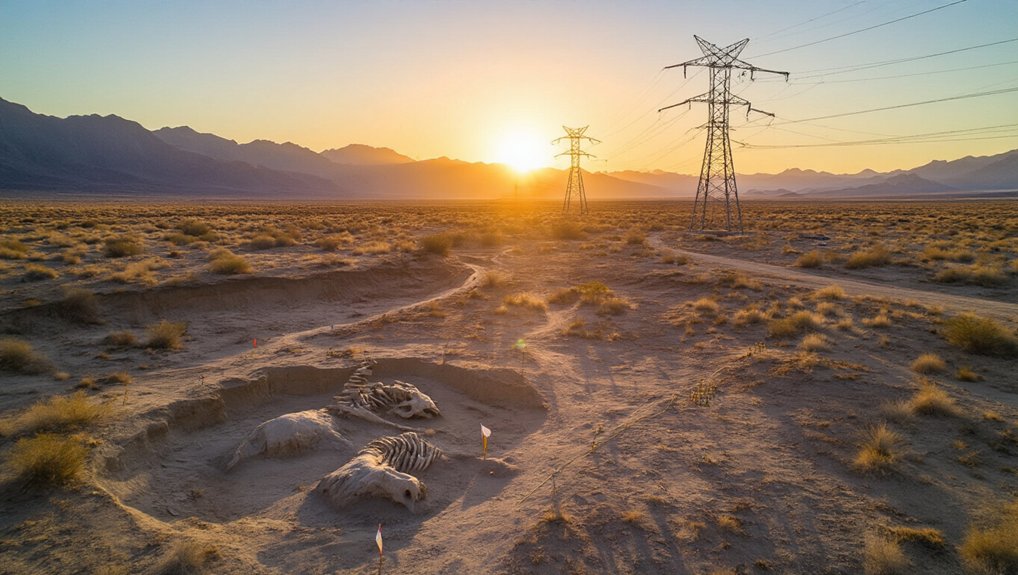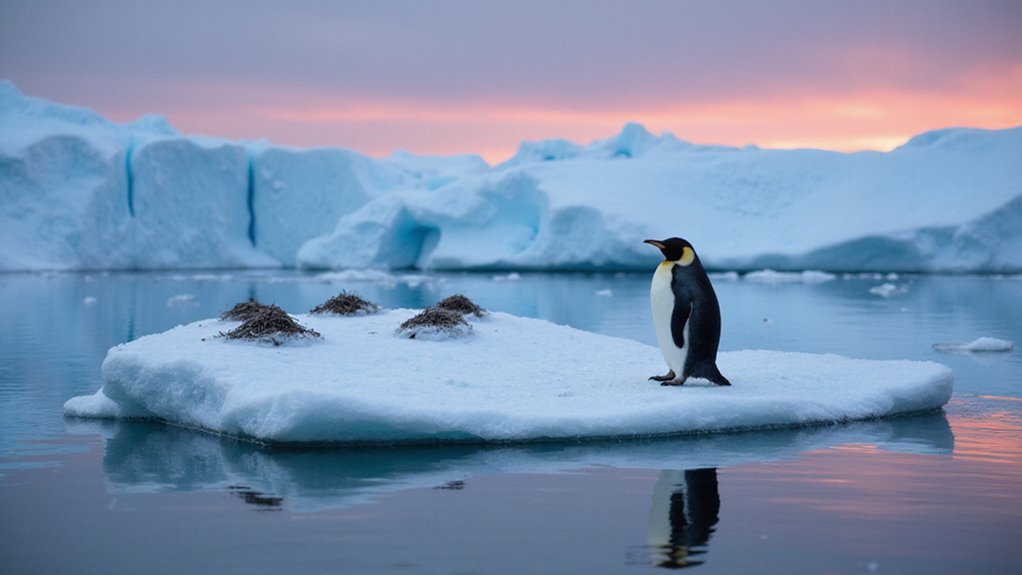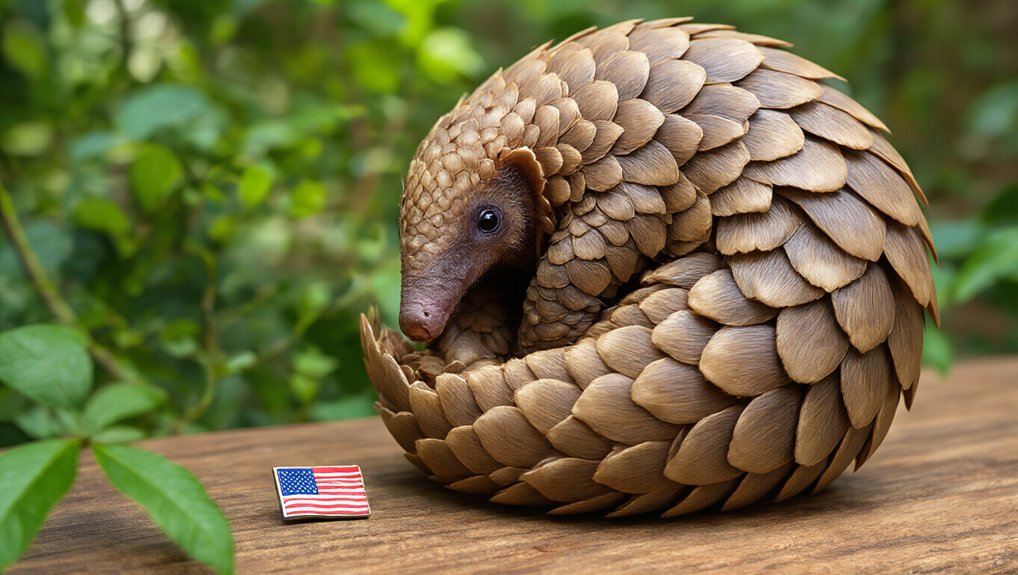Coral reefs worldwide are gasping for survival. An unprecedented global bleaching event now grips a staggering 84% of the world’s reefs, leaving colorful ecosystems ghostly white and struggling to hang on. This isn’t just another bad year for corals. It’s catastrophic. The current disaster, running since February 2023, has reached 82 countries, territories, and economies—making it the most widespread coral apocalypse ever recorded.
A planetary underwater emergency—millions of vibrant coral cities bleaching into eerie ghost towns before our eyes.
Remember when we thought the 2014-2017 bleaching was bad at 68% coverage? Those were the good old days. Each global bleaching event keeps breaking records: 21% in 1998, 37% in 2010, and now this mess. Scientists actually had to create new alert levels because things got so dire. Level 5 bleaching? That’s where 80% of corals might just call it quits and die. Great.
The culprit? Hot water. Really hot water. Prolonged marine heatwaves, courtesy of our addiction to fossil fuels, are cooking reefs alive. When ocean temperatures spike, corals eject their colorful symbiotic algae—their primary food source—and turn translucent. Without these algae roommates, they’re basically starving.
Coral death isn’t just sad for snorkelers wanting pretty vacation photos. These ecosystems support countless marine species and provide food and income for hundreds of millions of people. No reefs means fewer fish, more coastal erosion, and communities left vulnerable to storm surges and flooding. Tourism industries collapse. Food security evaporates. The economic impact is devastating, with coral reef services valued at $10 trillion in global benefits.
The worst part? Nobody knows when this bleaching event will end. Some experts worry that sustained ocean heat could keep stress levels permanently high. No recovery time. No breaks. Just constant assault.
Each previous bleaching disaster has been worse than the last, and recovery periods between events keep shrinking. Despite covering just 0.2% of the seafloor, coral reefs support at least 25% of all marine species on Earth. It’s death by a thousand cuts—or perhaps more accurately, death by a thousand degrees. The trend is unmistakable and brutal. Without immediate action, we’ll be telling future generations about coral reefs the way we talk about dinosaurs. Ancient history.
References
- https://icriforum.org/4gbe-2025/
- https://coralreefwatch.noaa.gov/satellite/research/coral_bleaching_report.php
- https://gcrmn.net/2025-report/
- https://en.wikipedia.org/wiki/2023–2025_global_coral_bleaching_event
- https://kleanindustries.com/insights/market-analysis-reports/global-coral-bleaching-2025-record-ocean-heat/
